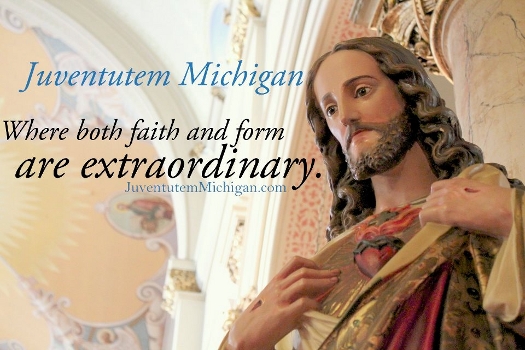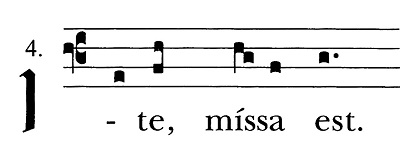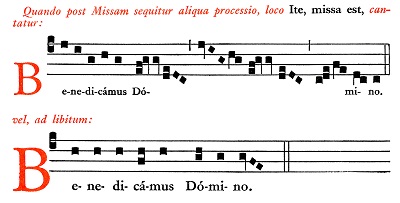
"I will go in unto the Altar of God
To God, Who giveth joy to my youth"
Tridentine Community News by Alex Begin (December 11, 2016):

December 11, 2016 – Third Sunday of Advent
Free Traditional Catholic Books & Audio Books
Looking for interesting Catholic content to read on your PC or mobile device, or to listen to in your car? A web site has collected two pages of books which are available for free download, some also in audio book form. Selections include Catholic classics such as The Imitation of Christ and True Devotion to Mary. The full list is at: http://www.traditionalcatholic.co/free-catholicbooks/ and http://www.traditionalcatholic.co/free-catholic-books-ii/.
Tones of the Ite, Missa Est
There are eighteen Gregorian Chant settings of the Mass. Some are designated for certain days or seasons. For example, Mass I is used during the Easter season, Mass IX is for Feasts of Our Lady, Mass XI is for Sundays After Pentecost, and Masses XVII and XVIII are for Advent and Lent – neither includes a Glória. Those are merely recommendations, not requirements, which is why other Gregorian Mass settings are often used, especially on Sundays after Pentecost.
Besides the Kyrie, Glória, Sanctus, and Agnus Dei which comprise each Mass setting [Credos are independently numbered, for example the familiar Credo III is not from Mass III], each Mass also includes a setting of the Ite, Missa Est. The tone, or melody, of the Ite mimics the Kyrie for that Mass. For example, in Mass IV, often used on Feasts of the Apostles, the beginning of the Kyrie looks like this:
The Mass IV Ite repeats the same melody:
The servers and congregation respond with Deo grátias, sung to the same melody.
An interesting development took place in 1960: Prior to that date, in Lent and Advent, the Ite was replaced at the end of Mass by Benedicámus Dómino. The 1960 revision to the rubrics ordered that Benedicámus only be used when a procession follows Mass. Prior to this date, therefore, there had been no need for an Ite in the Lent and Advent Mass settings. Chant books published since 1960 now include the following, rather simple Ite for Masses XVII and XVIII:
An allied question is why this Ite, which is also specified for the infrequently used Mass XVI, does not mirror the melody of the Kyrie of those Mass settings. The answer is that this is actually the Ite of the infrequently heard Mass XV; it mirrors Kyrie XV. Church authorities evidently decided that a more austere and simple Ite was more appropriate for Advent and Lent.
Other Conclusions to the Mass
Let’s get back to that rarely-heard Benedicámus Dómino. The only liturgical procession we typically encounter after Mass is on Corpus Christi (Marian processions do not count, as they do not have official liturgical form). There are a few settings of the Benedicámus Dómino, the more elaborate of which are intended for more musically-skilled celebrants. For example, the altar missal includes the following simple and not-so-simple settings:
As with the Ite, the servers and congregation respond with Deo grátias, sung to the same melody.
There is one other instance when the Ite is replaced with something else. In a Requiem Mass, its place is taken by the Requiéscant in Pace. There is only one, simple tone, not based on a Mass setting:
The servers and congregation respond with a simple Amen.
Tridentine Masses This Coming Week
- Mon. 12/12 7:00 PM: Low Mass at St. Josaphat (Our Lady of Guadalupe)
- Tue. 12/13 7:00 PM: Low Mass at Holy Name of Mary, Windsor (St. Lucy, Virgin & Martyr)
- Sat. 12/17 8:30 AM: Low Mass at Miles Christi (Ember Saturday of Advent)







No comments:
Post a Comment